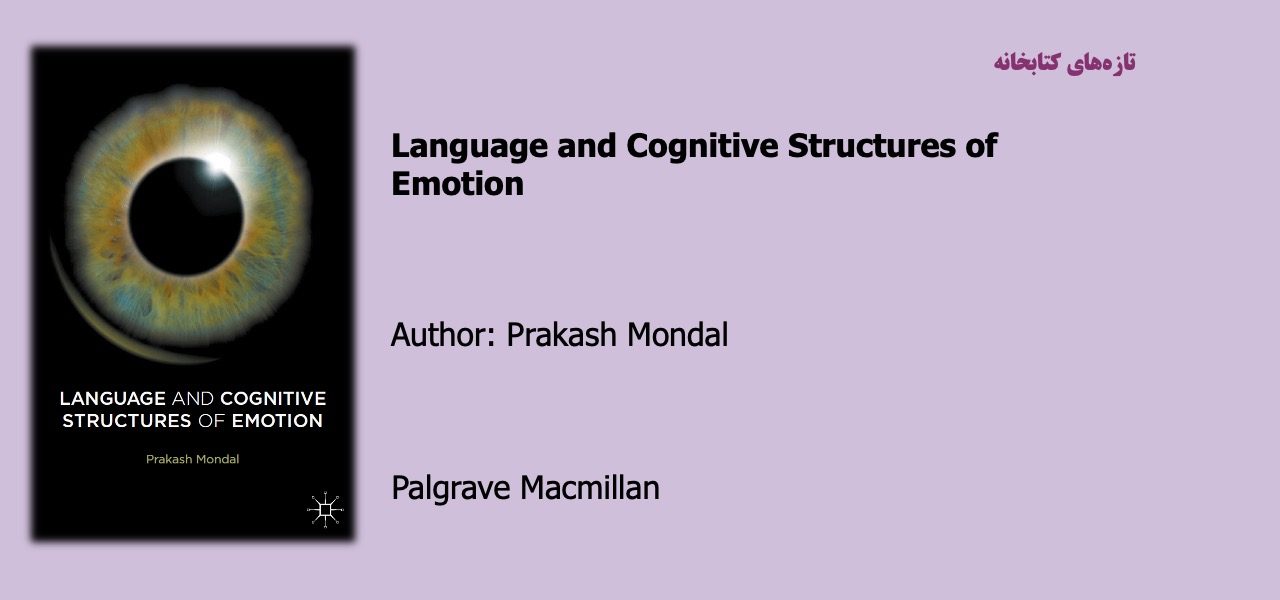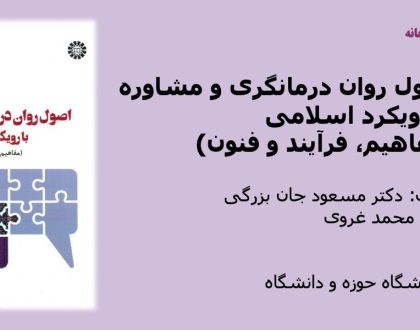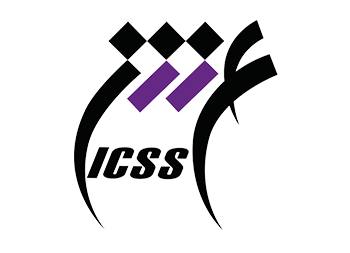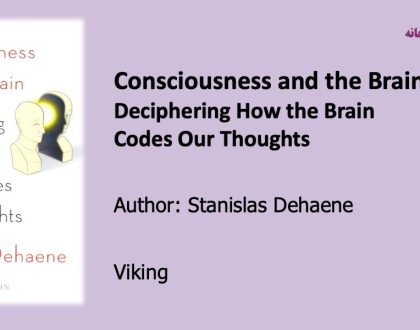Language and Cognitive Structures of Emotion

This book set out with the idea of investigating the relationship between intensionality, language and the cognitive structures underlying emotive expressions in language. On the one hand, the linguistic properties of intensionality have a curious reflex of mentality, especially when these properties are apprehended through the lens of intensionality’s manifestation in natural language. In intensional contexts a nominal term resists the substitution of itself for another term equivalent—formally or otherwise—to it, or a nominal term denoting an object refers to something non-existent in our world, or a quantificational nominal expression can have a non-specific reading. Some of the facets of intensionality (a reference to non-existent entities such as unicorns, or treating ‘the capital of Australia’ and ‘Canberra’ distinctly because one has distinct beliefs associated with each of the terms) are decidedly grounded in the machinery of our mental representations. All three properties in some combination or other are typically associated with intensionality. It is not often clear why intensionality exhibits the three properties in diverse contexts of linguistic expressions the way it does, and hence intensionality has always puzzled philosophers of language and linguists alike. On the other hand, emotive representations as revealed through linguistic expressions of emotion belong in a domain that appears to be socioculturally variable and biologically fluctuating within individuals, and also across human communities.
مطالب مرتبط

اصول روان درمانگری و مشاوره با رویکرد اسلامی (مفاهیم، فرآیند و فنون)
۲۶ / بهمن / ۱۴۰۳

آموزش مهارت نوشتن از منظر شناختی
۲۶ / بهمن / ۱۴۰۳


